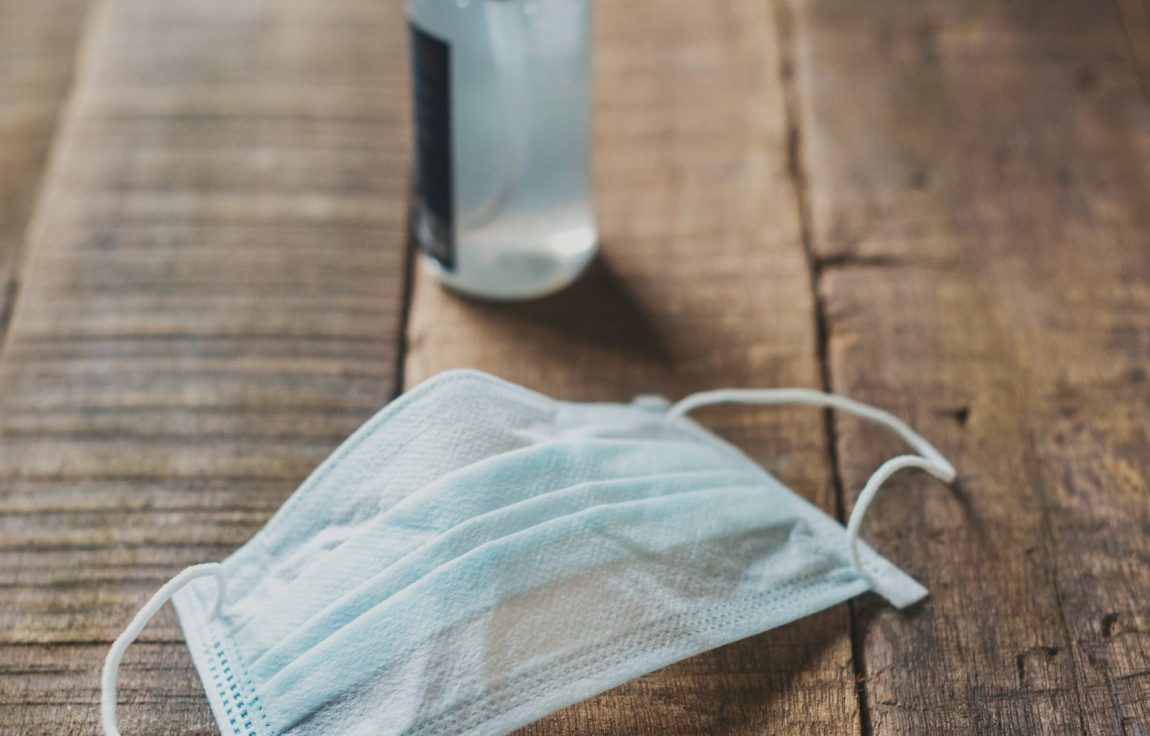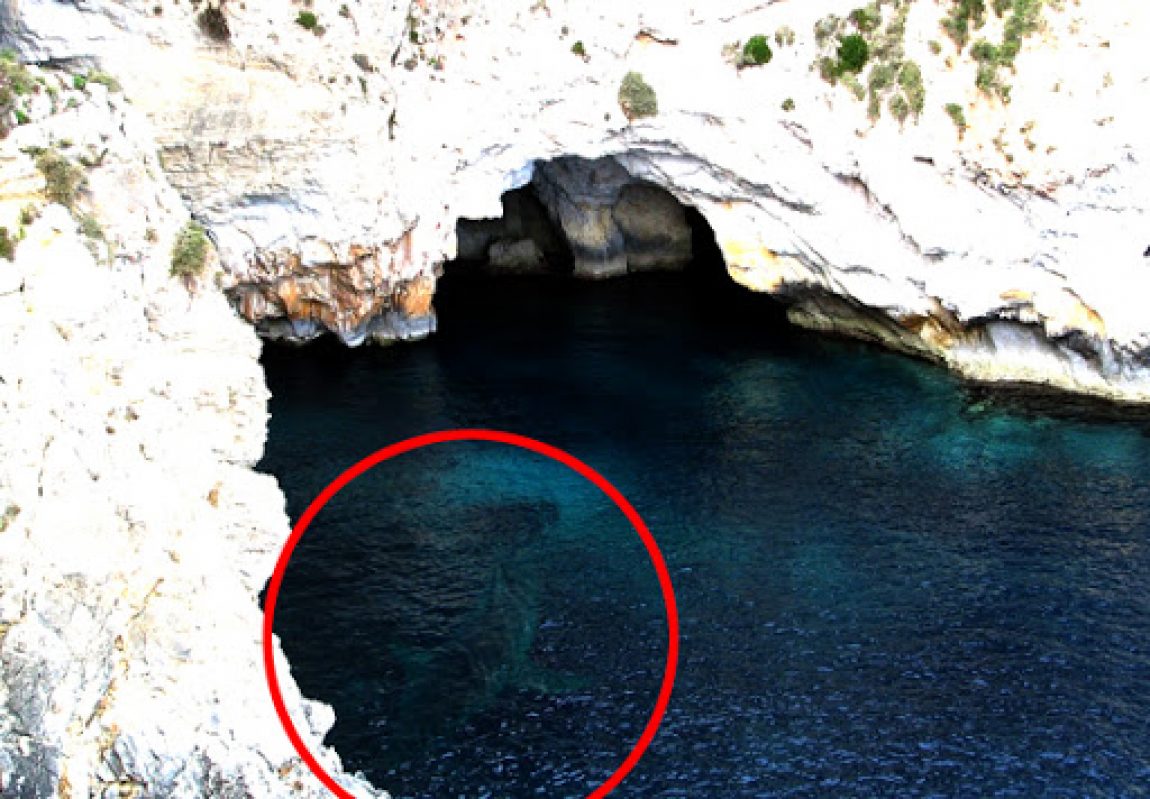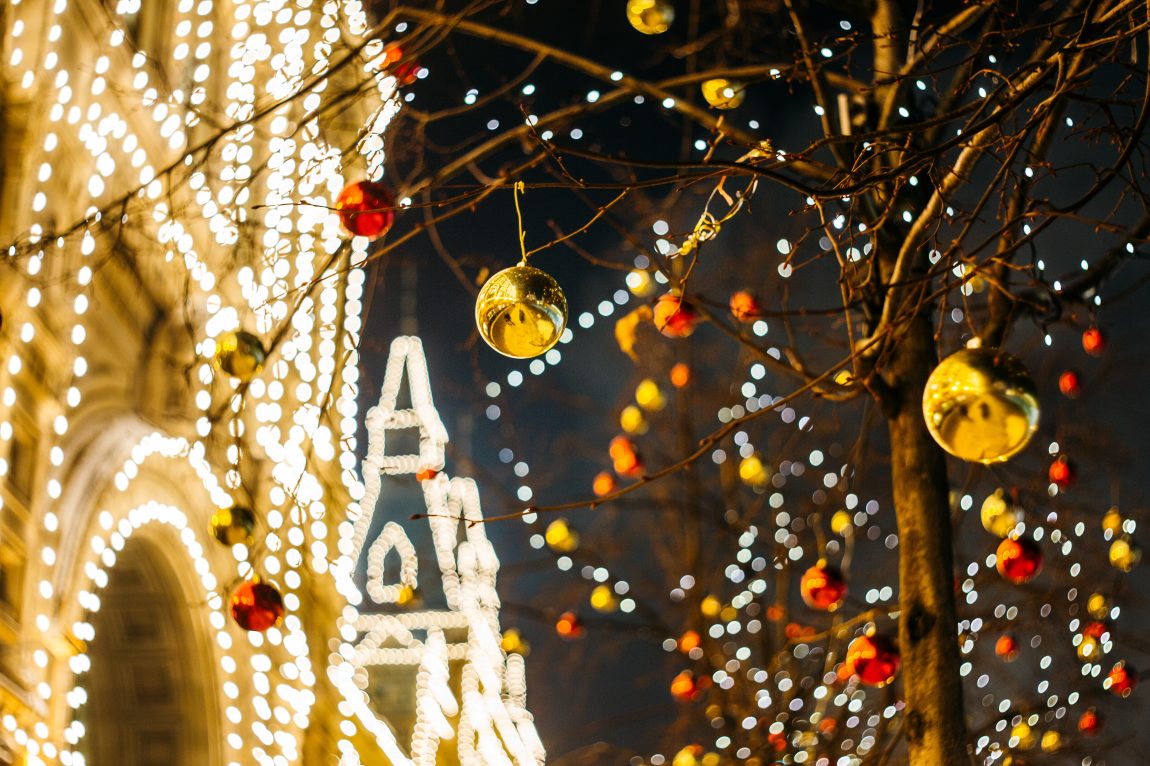Malta: All About Water
Malta’s very life, history, and culture are born around water. From its history formed by it’s strategic importance to the naval powers of Europe and the Middle East and the bustling trade of its ports to the importance its water has on modern tourism. There is hardly anyone in Malta who cannot swim.
This blog will kick around everything in Malta to do with water.
Sea life is very much part of the Maltese identity. However, while Malta is well endowed with H²O of the saline type, it has long suffered from a lack of fresh water. Maltese houses are therefore served by sea water passed through reverse osmosis treatment for showering and washing purposes and drinking water is primarily bottled water (although many families use their own personal reverse osmosis units under their sinks). In the past Malta’s drinking water was derived from ground water and many homes built before the 1970s have a well from where water was drawn.
There is a distinct contrast between summer and winter in Malta. While the country side in summer is quite barren and all but the hardiest sun loving vegetation die or flee into dormancy, the winter months are often surprisingly awash with greenery and vivacious colours of white, yellow, red, and purple wildflowers. This change is brought about by a huge difference in the amount of rainfall falling on the islands from winter and summer. Winters can see a relatively consistent amount of rain, especially during the months of December and January, but the summer is very different. I have lived in Malta for 20 years and have seen slightly less than an hour of rain in July in that time. While the summer months do see some rain, it is very little and the summer sun drinks up any remaining moisture from the shallow soil. It is only in some of the fertile valleys in the north of the islands where some greenery lingers into the early summer months.
The distinctive terraced fields seen on the hills in the North of Malta and on Gozo are usually surrounded by ingeniously constructed rubble walls (ħajt tas-sejjieħ) which perhaps date back to ancient times. This kind of structure is a historic staple of Maltese culture, and, although the structure may look simple, it actually takes quite a singular and specific set of skills to construct a durable one. They are constructed without the use of any sort of mortar or cement but the stones are simply placed strategically and quite skilfully one on the other. These Maltese rubble walls were and continue to be built for a variety of functions. They not only mark the contour of fields and divide one particular field from another in order to divide crops, but also markedly diminish soil erosion due to wind and rainwater. This is because a rubble wall acts as a sieve, allowing rainwater to flow through while holding back the soil and preventing the crops from retaining excessive water.
Cleanliness of the Sea
Malta ranked as having the cleanest water for bathing sites within the European Union in 2005 according to a European bathing report issued by the European commission with 100% of bathing sites being regarded as excellent compared to 90% in Italy, 82% in Spain and 81% in Portugal. The island has maintained this high level of cleanliness to this day evidenced by the abundance of sea urchins (or ‘rizzi’ in Maltese) along the cost which are very sensitive to the levels of pollution. This makes Malta a diver or snorkelers paradise. The sea floor can be clearly seen even at depths exceeding 20 metres.
Coupled with the cleanliness of the water is the safety aspects. Having hailed from Queensland Australia, I know what dangerous waters are like. While the beaches there are quite stunning and beautiful to look at, you must be careful entering the water because there are just so many perils to contend with, from sharks to deadly jelly fish and extremely unpredictable currents. This is the true of many countries, but not so in Malta. A sensible bather, snorkeler or diver in Malta is quite safe.
The only shark fatality within the island’s waters occurred all the way back in 1973 – yes, that’s 45 years ago! While many Maltese will speak of shark sightings, presumably to protect choice spots, the glaring fact is that swimmers are just not attacked by sharks in Malta. The jelly fish too, which are increasing in number within the Mediterranean Sea, are rather innocuous and will do little more than give you a few whelps on your skin for a week or two.
Maltese waters during the summer months are usually like a pane of glass, so you won’t have to battle pounding waves to have a swim. It makes for a most relaxing experience. The sea also remains crystalline in appearance even along sandy beaches because the waves don’t churn up the sand under water.
There are few access points to the water from the South West to the South East with the exception of the amazing Ghar Lapsi and Wied-iz-Zurrieq. The former offers a naturally enclosed swimming pool style underwater adventureland, perhaps unparalleled in Malta for its snorkelling delights and the latter being a deep-water creek sheltering lovely Maltese multi coloured Luzzu (fishing boats), which are mostly now used to ferry eager tourists to the delights of the famous Blue Grotto. Further North are the three stunning bays of Gnejna, Ghajn Tuffieha, and Golden Bay. Each one offers something unique to the visitor. Gnejna it’s the ease of access, Ghajn Tuffieha it’s marvellous romanticism, and Golden Bay it’s holiday atmosphere with an abundance of water sports. Except in the breathlessly still summer months there is often a gentle swell within these bays and during the winter months there can be even some large waves. In contrast on the other side of the island, Mellieha Bay offers more sheltered bathing and rarely sees high swells.


